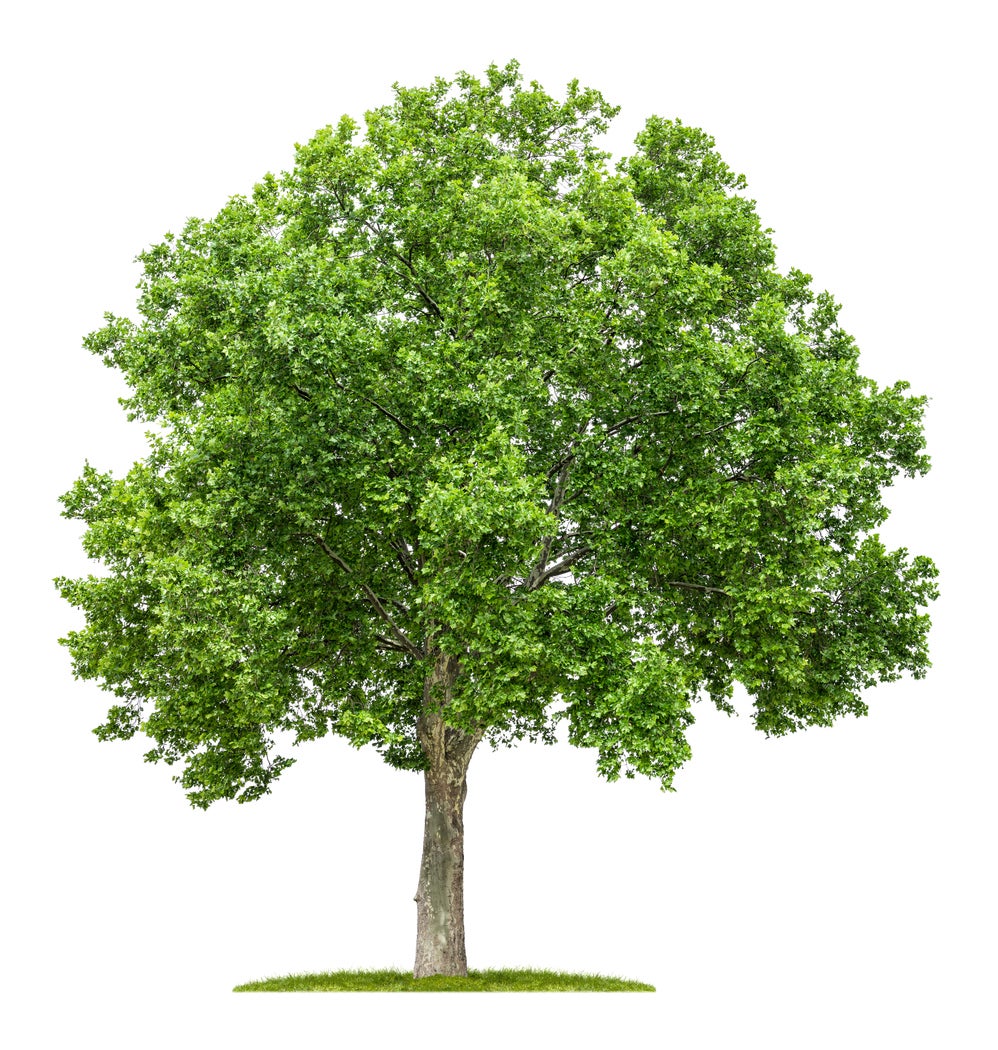Plane Tree Benefits – What Can Plane Trees Be Used For


The big, leafy plane tree graces streets in some of the busiest cities around the world, including London and New York. This versatile tree has adapted to survive pollution, grit, and punishing wind, living on to provide welcome beauty and shade for many years. What else can plane trees be used for? You just might be surprised. Read on for more plane tree benefits.
What Can Plane Trees Be Used For?
Wood: Although plane tree uses are primarily focused towards their ornamental value, their wood also has a number of purposes. While plane tree wood isn’t well-suited for outdoor use, it is prized for indoor furniture because of its attractive, lacy appearance.
In the early history of the United States, people have been using plane trees for boxes, utensils, paneling, flooring, buckets, butcher blocks, carvings, veneers, and even barber poles.
Wildlife: Plane trees, including sycamores, provide sustenance for chickadees, goldfinches, purple finches, juncos, and sapsuckers. The seeds are eaten by squirrels, muskrats, and beavers. Hummingbirds eat the dripping sap and owls, wood ducks, chimney swifts, and other birds nest in the cavities. Black bears have been known to use hollow trees as dens.
Using plane trees medicinally: According to herbal medicine sources, plane tree benefits include boiling the bark in vinegar for treatment of toothache and diarrhea. The leaves may be bruised and applied to the eyes to treat conjunctivitis and other inflammations.
Other medicinal plane tree benefits include treatment for coughs, respiratory problems, and stomachaches. (Always use caution when using herbal remedies, and consult with a doctor first).
Other plane tree uses: Colorful dye can be made from plane tree stems and roots. The sugary sap can be used to make syrup, but the process is difficult and time-consuming.
Sign up for the Gardening Know How newsletter today and receive a free copy of our e-book "How to Grow Delicious Tomatoes".

A Credentialed Garden Writer, Mary H. Dyer was with Gardening Know How in the very beginning, publishing articles as early as 2007.